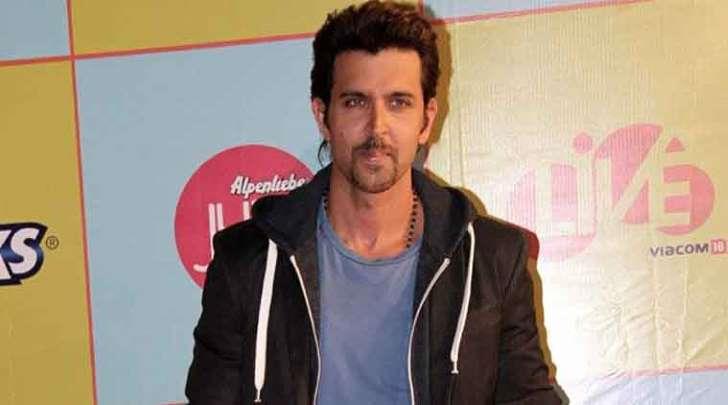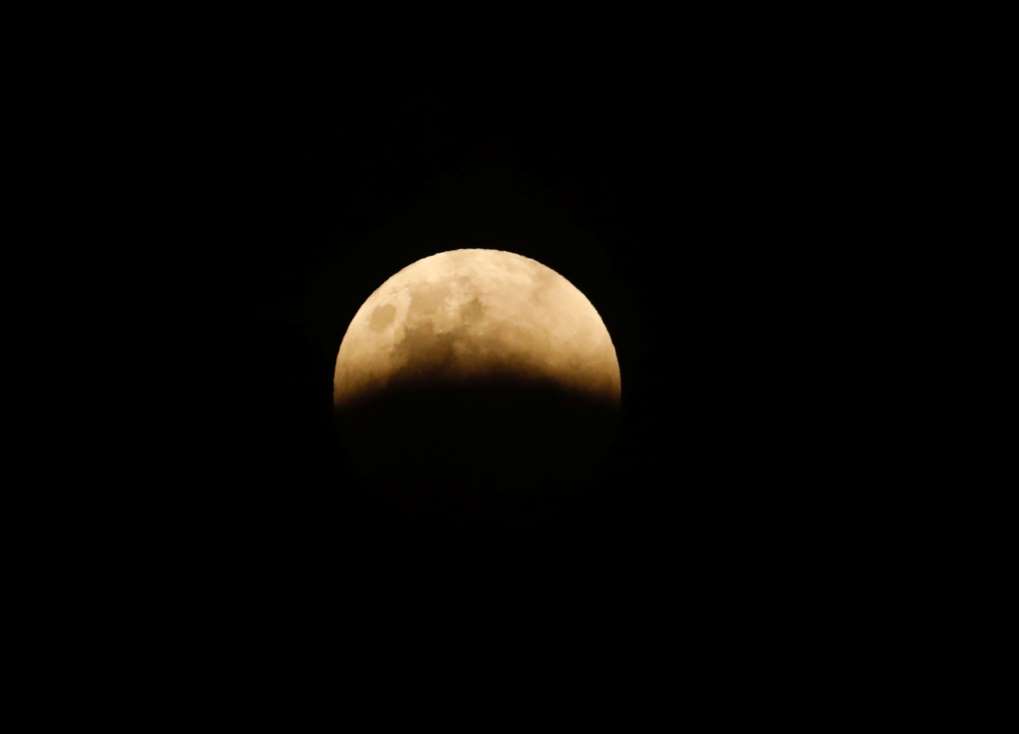December 21, 2012
By now, almost everyone is aware that Dec. 21, 2012, is supposed to be “the end of the world” according to the Mayan calendar. But is that really what the Mayan calendar says? How did this apocalypse rumor get started, anyway?
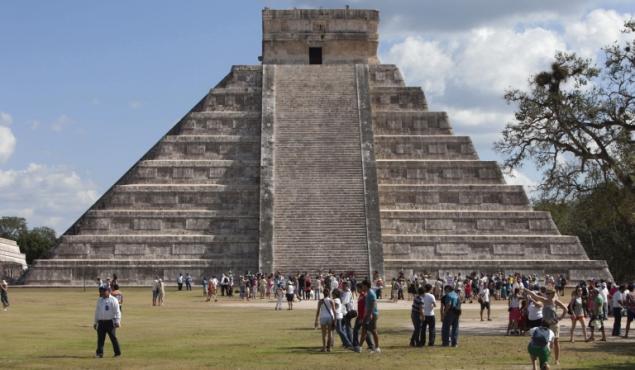
December 21, 2012
By now, almost everyone is aware that Dec. 21, 2012, is supposed to be “the end of the world” according to the Mayan calendar. But is that really what the Mayan calendar says? How did this apocalypse rumor get started, anyway?

Tourists are flocking to the Mayan sacred site of Chichen Itza in the Yucatan peninsula of Mexico on the eve of the supposed end of the world – the end of the Mayan calendar.
In short, how exactly does the Mayan calendar work, and why to people think it foretells the end of the world?
For a closer look at Mayan math and their calendar system, HowStuffWorks has an excellent and highly-detailed breakdown of the whole system, but we’ll try to simply the Mayan calendar a little bit here.
First, you have to understand who the Maya are – not were. The Maya are a group of indigenous American ethnic groups living in Mesoamerica, what is now southern Mexico, Guatemala, Belize, and the surrounding areas. Their civilization has been classified into three periods: preclassical from 2000 B.C. to 300 A.D., classical from 300 A.D. to 900 A.D., and postclassical, from 900 to the Spanish conquest 500 years ago. Their descendants still make up much of the population in their historic zone.
So what is it that makes the Maya so special? For one, the Mayan civilization was the only pre-Columbian American civilization known to have a fully developed written system of math and language. They were extremely advanced in certain ways, especially during the classical period, after which many cities were abandoned and their culture went into decline.
Mayan theories of time are based around cycles that repeat themselves and extend on throughout history. Because of this, they used several different calendars.

A stone in Guatemala is carved with Mayan glyphs, including a date in the famed Long Count calendar
In Mayan culture, the numbers 13 and 20 were both considered highly significant — 20 because it is the number of fingers and toes and 13 for the number of major joints in the human body. Mayan religion also has 13 levels of heaven.
And because of their importance, the Maya based two calendars around the numbers 13 and 20.
The first calendar was the Tzolk’in. In a very simplified sense, this 260-day calendar was made up of 13 days spread throughout 20 “months,” based on a type of interlocking wheel that would determine the days. This was a very important ceremonial calendar for the Mayans, used to track religious holidays and determine a person’s characteristics from birth.
However, the Tzolk’in can’t measure a full solar year, which the Mayans also needed to do. That led to the creation of the Haab calendar. This calendar is much more similar to our modern Gregorian calendar, and it consists of 360 days as well as five “unnamed days” to create a whole year.
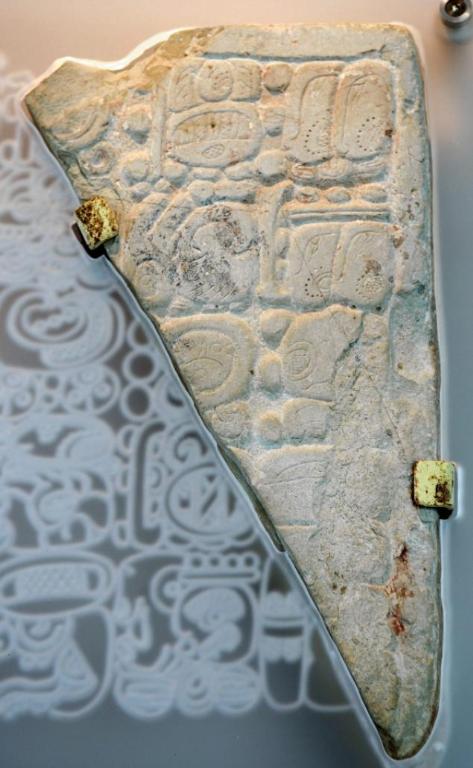
Here’s part of the Mayan calendar that supposedly runs out on 12/21/12. Experts say don’t believe it.
The Haab calendar still can’t measure long periods, however, so the two calendars were combined to create the Calendar Round. The two calendars were paired through a similar interlocking grid to create a calendar of 18,890 unique days, roughly 52 years. But even the Calendar Round didn’t allow Mayans to measure periods of hundreds or thousands of years.
Which brings us to the Long Count calendar.
The Long Count calendar lasts just over 5,125 years, which is referred to as a Great Cycle. Each cycle is made up of five units: one day (kin), 20 days (uinal), 360 days (tun), 7,200 days (katun), and 144,000 days (baktun). At the end of the 13th baktun, the cycle begins again.
HowStuffWorks notes that days in the Gregorian calendar can be converted to the Long Count. For instance, the date of the moon landing, July 20, 1969, would be 12.17.5.17.0. Reading left to right, it goes from the largest unit (baktun), to the smallest.
Dec. 21, 2012, the supposed “end of the world” would be written as 13.0.0.0.0, making it the last day of this Great Cycle.
Okay, so now we understand what the Mayan calendar is. But does it predict the end of the world?
Short answer: no.
Long answer: Right now, we’re coming up to the end of the current Great Cycle. While some people have turned this into an apocalyptic theory, Maya would actually see the end of the Great Cycle as a time for great celebration.
"For the ancient Maya, it was a huge celebration to make it to the end of a whole cycle," Sandra Noble, executive director of the Foundation for the Advancement of Mesoamerican Studies in Crystal River, Fla., told USA Today.
According to scholar Jeffrey MacDonald, no contemporary Mayan sources wrote anything about the end of the world occurring at the end of the Great Cycle.
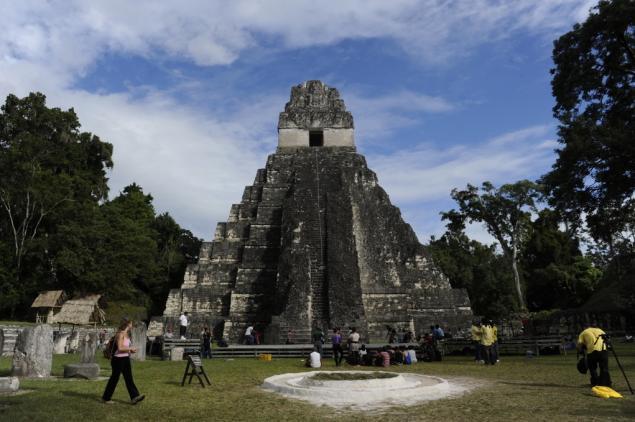
The Maya built a 3,000-year civilization in what is presently central Mexico.
So how did this whole rumor about the end of the world get started, anyway?
NASA, which has worked extremely hard to remind citizens that the world will not be ending Friday, writes, “The story started with claims that Nibiru, a supposed planet discovered by the Sumerians, is headed toward Earth. This catastrophe was initially predicted for May 2003, but when nothing happened the doomsday date was moved forward to December 2012. Then these two fables were linked to the end of one of the cycles in the ancient Mayan calendar at the winter solstice in 2012 — hence the predicted doomsday date of Dec. 21, 2012.”
However, one curious event will happen on Dec. 21: The sun will align with the center of the Milky Way galaxy for the first time in nearly 26,000 years. However, scholars insist that not only is there no way the Mayans would have known that, but that this cosmic coincidence will have no negative effects on the earth.
So now that you understand the facts, stop worrying. The world isn’t going to end.
Courtesy: ibtitmes















































































































